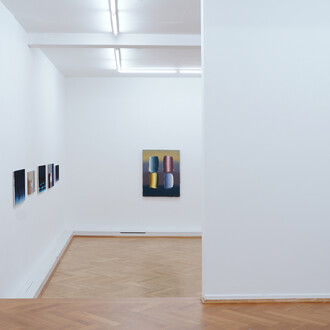Sheets of paper that mean the world: The Kupferstich-Kabinett holds a vast array of works on paper ready to be discovered. Alongside the copper engravings, or Kupferstiche, which give the collection its name, there are drawings, watercolours, etchings, lithographs as well as illustrated books, posters and photographs. Both the quality and the scope of the collection, with its more than half a million works, make the Dresden Kupferstich-Kabinett one of the most significant museums of its kind in the world.
Among the more than twenty thousand artists who are represented here are Old and New Masters such as Lucas Cranach, Albrecht Dürer, Caspar David Friedrich, Henri Toulouse-Lautrec, Ernst Ludwig Kirchner, Käthe Kollwitz and Pablo Picasso, but also contemporary artists such as Gerhard Richter and Wolfgang Tillmans. The selection is not restricted to artists from Europe: Japanese, Chinese and Indian works are also part of the collection that spans 800 years of art history.
The richness of this collection looms large, yet the individual works are marked by their lightness. It is a special quality of works on paper that they may be transported easily and are a relatively affordable medium. With them, ideas for images could be taken along on travels and artists could get to work anywhere, independently of their patrons. Rembrandt, for example, immortalized his wife with Saskia im Bett (Saskia in Bed) around 1635–36 on a postcard-sized sheet. In this case he did not have a painting in mind, but wanted to preserve the intimate scene for its own sake. He completed a good hundred such sketches of his family in his lifetime; they are like short diary entries.
Works on paper require special measures to protect them. The fragile material should normally not be exposed to light or else it will yellow and fade. For this reason, the museum presents a selection of works in themed temporary exhibitions in its halls on the upper floor of the Residenzschloss (Royal Palace).
















